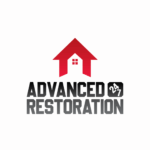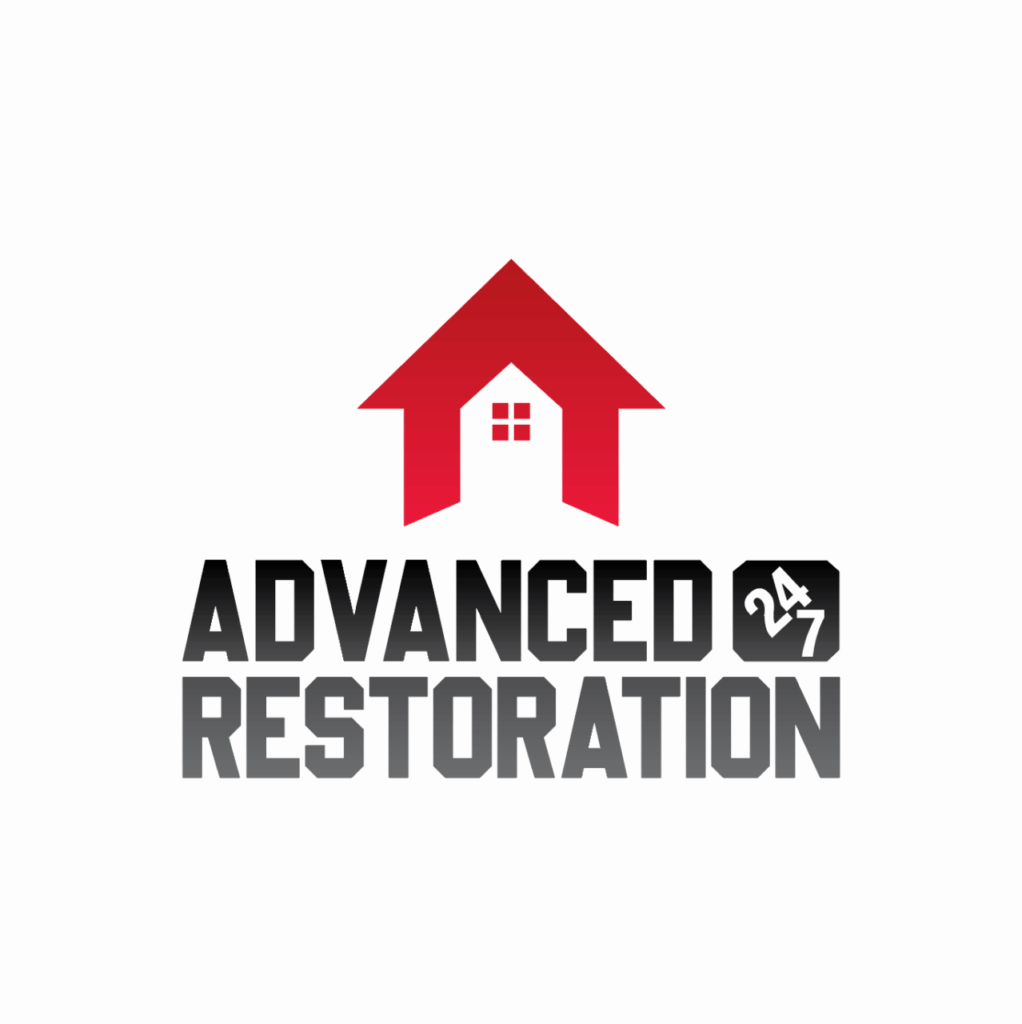Act quickly to keep your flooded basement mold-free! Extract water promptly with vacuums or pumps. Dry thoroughly with dehumidifiers and fans. Ventilate well to manage moisture and aid in drying. Clean up mold with water and detergent. Disinfect with bleach or vinegar. Repair leaks promptly to prevent more mold. Monitor humidity levels and fix leaks swiftly. Check the foundation and gutters regularly for damage. More tips await to ensure your basement stays mold-free.
Key Takeaways
- Efficient water extraction using wet vacuums or pumps.
- Thorough drying process with dehumidifiers and fans.
- Proper ventilation system for moisture management.
- Diligent cleaning with disinfectants to prevent mold regrowth.
- Immediate repairs and ongoing monitoring for prevention.
Immediate Water Extraction
To effectively prevent mold growth in flooded basements, promptly removing excess water is crucial. Preventive measures, such as quick water extraction, are essential in avoiding extensive water damage and subsequent mold growth. When faced with a flooded basement, your quick action is key to preventing further problems.
Water damage can lead to mold growth within 24 to 48 hours, making immediate water extraction vital. By using equipment like wet vacuums, pumps, or mops, you can swiftly remove standing water from your basement. This proactive approach greatly reduces the chances of mold taking hold in your home.
In times of crisis, coming together as a community can make all the difference. Don’t hesitate to seek help from friends, family, or professional water damage restoration services to ensure the water extraction process is thorough and efficient. Remember, when it comes to preventing mold in flooded basements, every minute counts.
Thorough Drying Process
Ensure thorough drying of the flooded basement to prevent mold growth by implementing a systematic and efficient drying process. The key to success lies in ideal dehumidifier usage and strategic air circulation.
To kickstart the drying process, place dehumidifiers in the basement. Ideal dehumidifier usage ensures that excess moisture is actively removed from the air, drying out the space effectively. Make sure to empty the water collected by the dehumidifier regularly to prevent any setbacks.
In conjunction with dehumidifiers, strategic air circulation is vital. Open any windows and doors to allow fresh air to flow into the basement. This will help in speeding up the drying process by replacing moist air with drier air. Additionally, using fans to circulate the air within the basement can further enhance drying efficiency.
Rotate the dehumidifiers around the basement to ensure all areas receive equal drying attention. Strategic placement of the dehumidifiers can help in targeting specific spots that may be retaining more moisture than others. Keep an eye on the humidity levels in the basement and adjust the dehumidifiers as needed to maintain ideal drying conditions.
Proper Ventilation and Airflow
You need to guarantee proper ventilation to control moisture levels in your basement. Good airflow is pivotal for preventing mold growth in damp areas.
Fresh air circulation is essential to maintaining a healthy environment and reducing the risk of mold infestation.
Ventilation for Moisture Control
Establishing a well-crafted ventilation system ensures ideal airflow for managing moisture levels in flooded basements. Proper ventilation benefits your space by reducing humidity, preventing mold growth, and improving air quality.
By allowing fresh air to circulate, moisture management becomes more efficient, aiding in the drying process post-flooding. A well-ventilated basement creates a healthier environment for you and your family, minimizing the risk of respiratory issues caused by mold and mildew.
With adequate ventilation, stale and damp air is replaced with clean, dry air, creating a more comfortable living space. Make sure vents are unobstructed, and consider installing exhaust fans or dehumidifiers to enhance airflow and maintain the best moisture levels in your basement.
Airflow to Prevent Mold
For the best prevention of mold, make sure to have proper ventilation and airflow in your flooded basement. Good airflow helps to dry out damp areas quickly, reducing the chances of mold growth. Consider using air purifiers to improve air quality and dehumidifiers to maintain ideal humidity levels. Proper placement of dehumidifiers is essential; make certain they are positioned in the most humid areas of the basement. By promoting airflow and reducing moisture levels, you create an environment that is less conducive to mold growth. Remember, a well-ventilated space not only prevents mold but also provides a healthier living environment for you and your family.
| Air Purifiers | Dehumidifier Placement | Benefits |
|---|---|---|
| Filter out mold spores and allergens | Position in the most humid areas | Improves air quality |
| Help reduce musty odors | Direct airflow towards damp spots | Maintains ideal humidity levels |
| Enhance overall air circulation | Avoid blocking airflow | Prevents mold growth |
Importance of Fresh Air
Ensuring proper ventilation and airflow in your flooded basement is essential to preventing mold growth and maintaining a healthy living environment. Good air quality is vital for your well-being and the health of your home.
By allowing fresh air to circulate through your basement, you can reduce the moisture levels that contribute to mold formation. Adequate airflow helps remove stagnant, damp air that encourages mold spores to thrive.
Improved air quality not only prevents mold but also provides various health benefits for you and your family. Breathing clean air enhances respiratory function and overall comfort.
Effective Cleaning and Disinfecting
When cleaning your flooded basement, it’s essential to use effective techniques to eliminate mold and bacteria.
You’ll find various disinfectant options available to help sanitize the affected areas thoroughly.
Proper cleaning and disinfecting are key steps in preventing mold growth and ensuring a safe environment.
Cleaning Techniques
To effectively clean and disinfect a flooded basement, start by removing any visible mold and debris with a damp cloth or sponge. Deep cleaning is essential to prevent mold growth. Scrub all surfaces with a mixture of water and detergent to guarantee thorough cleaning. Pay special attention to corners, crevices, and hidden areas where mold can thrive.
After cleaning, allow the basement to dry completely by using fans and dehumidifiers to prevent moisture buildup. Remember, mold prevention is vital to maintaining a healthy environment in your basement. By following these cleaning techniques diligently, you can minimize the risk of mold regrowth and keep your basement mold-free.
Disinfectant Options
After thoroughly cleaning your flooded basement to remove mold and debris, the next step is to explore various disinfectant options for effective cleaning and disinfecting. When choosing a disinfectant for your basement, consider factors such as the type of surface, the extent of contamination, and any specific sensitivities you may have. Here are some common disinfectant options, along with their recommended applications:
| Disinfectant | Recommended Application |
|---|---|
| Bleach | Effective on non-porous surfaces |
| Vinegar | Suitable for porous materials |
| Hydrogen Peroxide | Gentle option for sensitive areas |
| Tea Tree Oil | Natural alternative with antifungal properties |
To further prevent mold growth, maintain proper ventilation, address any leaks, and keep low humidity levels in your basement.
Swift Repairs of Damaged Areas
Make immediate repairs to any damaged areas in your flooded basement to prevent further mold growth and structural issues. Basement restoration is essential to maintain the integrity of your home and guarantee a safe environment for you and your family. Begin by addressing any leaks or sources of water intrusion that caused the damage. Fixing these issues promptly will help prevent future flooding and mold problems.
Inspect the walls, floors, and ceilings for any signs of damage, such as cracks, warping, or discoloration. Mold prevention begins with repairing these areas to eliminate moisture and prevent mold spores from spreading. Replace any water-damaged materials like drywall, insulation, or carpeting to prevent mold growth and improve air quality in your basement.
Swiftly repairing damaged areas also involves checking electrical systems and appliances that may have been affected by the flooding. Safety is paramount, so ensure that all electrical components are dry and in working condition before use. If in doubt, consult a professional to assess and repair any electrical damage.
Ongoing Monitoring and Maintenance
Examining your basement regularly and performing essential maintenance tasks will help ensure a mold-free environment and prevent future water damage. Regular inspections are key to catching any issues early on. By staying proactive, you can make sure your basement remains a safe and dry space for you and your family.
Here are some tips to help you maintain a healthy basement environment:
- Monitor Humidity Levels: Keep an eye on the humidity levels in your basement. High humidity can create the perfect breeding ground for mold. Consider using a dehumidifier to maintain ideal levels.
- Check for Leaks: Inspect your basement for any signs of water leaks or seepage. Addressing these issues promptly can prevent water damage and mold growth.
- Clean Gutters and Downspouts: Ensure that your gutters and downspouts are clear of debris to prevent water from seeping into your basement during heavy rains.
- Inspect Foundation Walls: Regularly check your foundation walls for cracks or damage. These can be entry points for water, leading to potential mold growth.
- Maintain Proper Ventilation: Good airflow is essential to prevent moisture buildup. Consider installing vents or fans to improve ventilation in your basement.
Final Thoughts
Keeping your flooded basement mold-free is a demanding task, but with these top tips, you can stay ahead of the game.
Remember, a stitch in time saves nine, so don’t delay in taking action to prevent mold growth and safeguard your home.
Following these steps and staying vigilant ensures a clean and healthy living environment for you and your family.
Stay proactive and mold-free!
Advanced 24/7 Restoration’s mission is to provide unparalleled care and support to our valued clients. Delivering the best solutions for your property restoration needs. Our vision is to be the top-rated damage restoration company in Denver, known for our exceptional services, professionalism, and dedication to customer satisfaction. Water damage, fire damage, flood damage, and more.
- This author does not have any more posts


